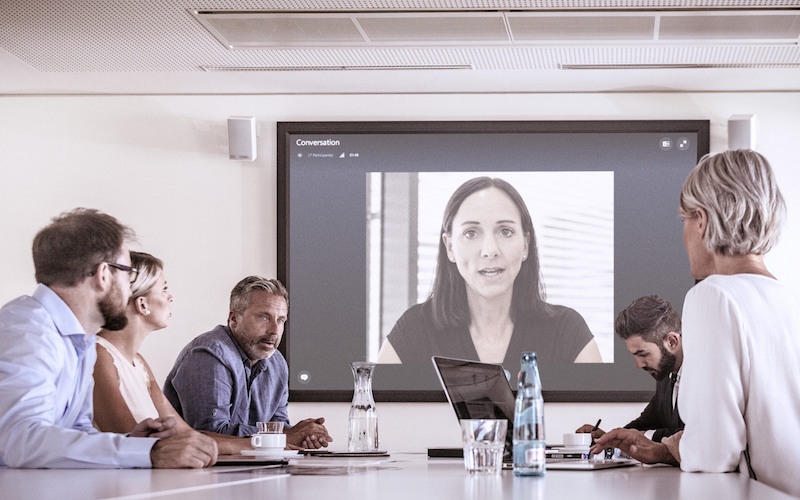Why good audio systems are essential for business growth
The experience of conference calls let down by hard-to-use technology and poor sound quality is a familiar frustration

Get in touch. Reach out. Contact. There’s a reason why we think of getting closer when we talk about communication.
In every aspect of life it’s important to listen to others and to be heard – and especially so in business. Better communication is the key to effective teamwork and to better understanding customers’ needs. Yet as digital technologies accelerate the pace of modern business and enable more agile, flexible working practices, too often communication is the weak link.
The experience of conference calls let down by hard-to-use technology and poor sound quality is a familiar frustration, but such second-rate experiences are no longer acceptable.
In today’s increasingly digitised world, agile working practices including mobile and remote working have become the new normal. Up to 79 per cent of knowledge workers currently work from home, while 70 per cent of professionals work remotely at least one day per week.
Working away from an office has been commonplace in sectors like construction or in sales roles, but now mobile technology has provided businesses with greater scope to offer flexible work – for example, as an incentive in a competitive labour market.
Hence, the nature of the workforce has changed dramatically, and it is expected that 38 per cent of full-time workers will be working remotely within the next decade.
As business becomes more globally interconnected, and as mobility and remote working become the new default, business and team meetings have also evolved.
In many organisations, face-to-face, web- and phone-based modes of collaboration have been meshed together. Even as businesses rely more on these services, many conferencing arrangements are still failing to deliver the necessary level of efficiency and quality to make remote options an adequate substitute for face-to-face communication.
For example, the average business professional spends 42 minutes per day on conference calls, yet research has found that much of this time may be consumed by the inefficiencies of the process. In one particularly striking study, it was found that 15 minutes of a typical conference call are wasted struggling to get the meeting started because of challenges with technology.
This productivity gap has serious implications – especially as reliance on online collaboration tools increases. This can not only impede effective work within a company but can also present a poor impression to the outside world. When engaging with customers or partners, it’s important to do so in a way that reflects the quality and professionalism of your business.
Making digital interactions as efficient as face-to-face contact
One of the most significant changes in the modern working environment is a shift from a face-to-face communication to digital channels, which is placing greater emphasis on the efficiency and quality of these digitised interactions. Managed poorly, this transition can prove frustrating, but when executed well, we find that many people come to prefer digital meetings.
According to Millward Brown, 48 per cent of companies with more than 20 employees use online conferences “often”, with 45 per cent joining conferences using a softphone client such as Skype for Business rather than a desk-phone. The same study also found that sound quality is being increasingly understood as being key to the successful use of these tools: 45 per cent of managers believe that the audio quality in virtual meetings must be the same as in face–to-face meetings.
Beyond making conferences easier to join, there’s a clear need to ensure that nothing is lost when substituting new modes of communication with being there in person. For example, avoiding remote workers becoming second-class participants in meetings where they can’t hear what is going on in a room, or when longer calls produce fatigue due to poor sound. This is why the best possible sound is increasingly recognised as being essential for effective virtual conversations.
As businesses embrace new ways of working, good sound quality is being understood as a way to make remote meetings and conversations as effective as being there in person. In short, for modern businesses, good audio matters.
Kai Tossing is head of Product Management Business Communication at Sennheiser
